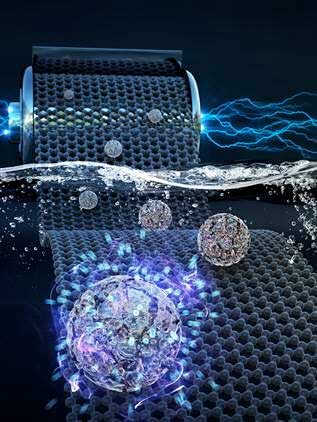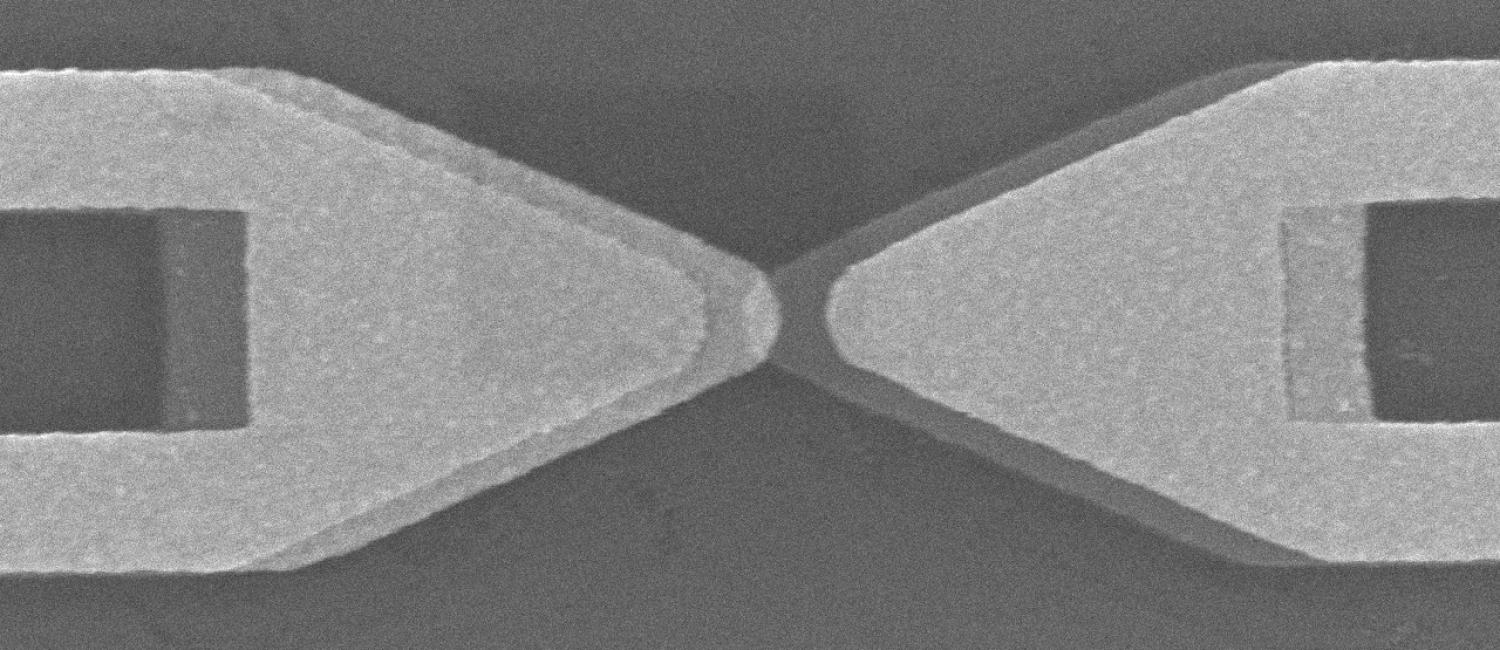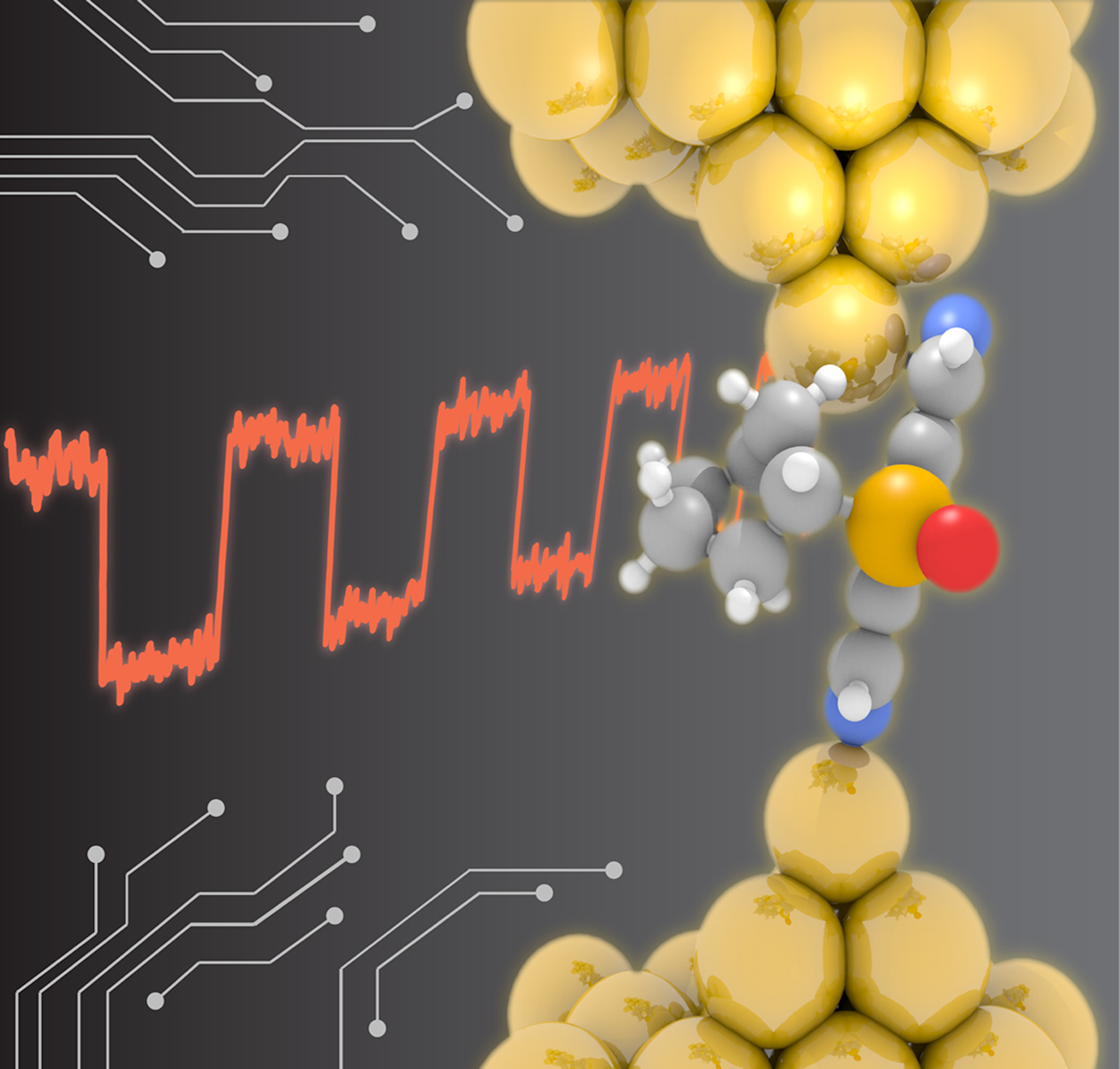(Nano Telecommunication) Nano Strip Antennas
Researcher and author: Dr. ( Afshin Rashid)
Note: One of the problems that has not yet been well solved in nanotechnology is how to establish an electrical connection between nano- electronic equipment and the macroscopic world without losing the capabilities of these nano-elements.
One of these areas and new applications of nanotechnology are nano-antennas, which are used in various fields such as nanosensors, nano- communication networks, electricity generation and other similar issues and as one of the fields of development day. Nanotechnology is at stake. At nanoscale, graphene-based antennas are used to transmit EM waves . Graphene is a very thin single atomic plate of confined carbon atoms placed on a crystal lattice . Due to the very low dimensions of nano-sensors, nano-antennas need a very high operating frequency to be usable. However, the use of graphene greatly helps to solve this problem.The nano-network has more communication and processing potentials that overcome the limitations of independent nano-devices through the cooperation of nano-devices.
Due to the development of technology for manufacturing equipment in nano-dimensions, it is possible to make nano antennas and use them in various applications. Communication between nano-devices is a major challenge related to the development of nano-antennas and related electromagnetic receivers. Reducing the size of a traditional antenna to hundreds of nanometers leads to very high operating frequencies . At THz band frequencies, the very large bandwidth available leads to the loss of a much higher path than the lower frequency bands . The issue of designing and manufacturing antennas that can be used in nanosystems and even introduce new functions to the world of industry has been very important and has become a new topic in the electrical industry and nanotechnology.Because nano-antennas have the ability to absorb a wide angle, their efficiency is maintained to a considerable extent even if the sun is inclined to the surface of the solar panel . The system can also absorb energy radiated from the ground, or ground radiation from the sun's daily radiation to the earth's surface, which occurs at 10 micrometers in length , at frequencies of about 90 terahertz.
Conclusion :
One of the problems that has not yet been well solved in nanotechnology is how to establish an electrical connection between nano -electronic equipment and the macroscopic world without losing the capabilities of these nano-elements.
Researcher and author: Dr. ( Afshin Rashid)
PhD in Nano-Microelectronics





